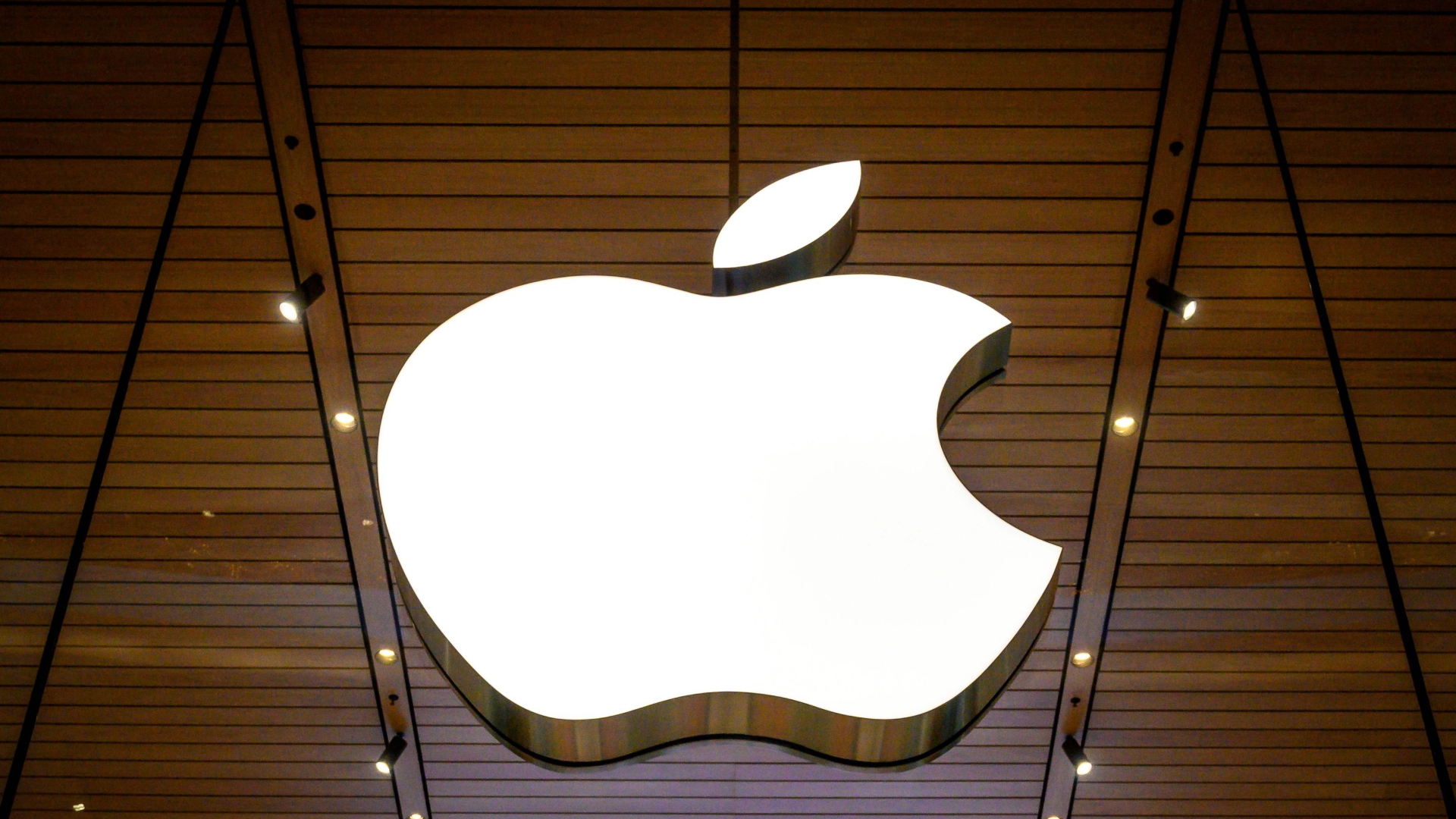There are alternatives to the classic electric car: an engineer from Bavaria has developed a fuel cell drive that can be filled with methanol and water. So far, he has been waiting in vain for the breakthrough.
By Christoph Arnowski, BR A high proportion of electricity from coal, insufficient range, too few charging points – all this makes many people doubt the electric car. Also the Ingolstadt engineer Roland Gumpert. That is why he has developed a completely new electric drive concept that works without a charging cable and still enables a long range – and with which the car can be refueled as easily and quickly as a petrol or diesel. The technical core is a methanol fuel cell. If these are fed with climate-neutral methanol, their cars will run without greenhouse gas emissions, says Gumpert: “We can install this concept in any car, in a Polo with 50 hp or in a long-haul truck with 40 tons,” says the engineer. “We are vastly superior to normal battery cars.”
“Father” of the Audi Quattro
Gumpert isn’t just anyone in the automotive industry. For decades he worked successfully for Audi – most recently as Marketing Director for the joint venture between VW and Audi in China. At the beginning of the 1980s, as head of Audi Sport, he and his rally drivers brought four world championship titles to Ingolstadt. The basis was the Quattro drive, which was considered a technical sensation in 1980. For the first time, an automobile manufacturer built a permanent four-wheel drive into its street car. Gumpert is considered one of the fathers of the Quattro drive.
Billions invested in electromobility
Now, at the age of 76, Gumpert wants to show it to the entire industry again – with his own small company. He wants to prove that his car with a methanol fuel cell is better than any electric car with a large battery and charging cable. But politics and industry are so far not interested in Gumpert’s idea. Is it because you have agreed on battery-electric e-mobility and have invested billions in developing it? “Germany can only achieve the EU’s 2030 climate target with a high proportion of electric cars,” the Association of the Automotive Industry VDA shares BR policy magazine controversial on request with. All other options are “not available in ‘mass production’ until then”. Audi expresses itself similarly. The Ingolstadt-based carmaker did not even respond to Gumpert’s invitation to take a look at his concept. Compared to the BR explains a company spokesman: “Electromobility is by far the most efficient way to decarbonise and achieve CO2 fleet targets. Audi is therefore concentrating on battery-electric mobility.”
This is how the methanol fuel cell works With the drive concept, cars do not fill up with hydrogen, which is technically complex and expensive. Instead, a mixture of methanol and water is put into the tank. This is as uncomplicated and quick as possible with gasoline or diesel. This mixture is only heated and broken down into its components in the car itself. The oxygen and carbon dioxide escape into the air. Because climate-neutral methanol is used, there are no additional greenhouse gas emissions. The fuel cell converts the hydrogen from the methanol into electricity, which runs the electric motor.
For the first time, engineer Roland Gumpert implemented his drive concept in the Nathalie sports car – a two-seater coupé with 550 hp and a top speed of 300 kilometers per hour. The fuel cell produces enough electricity in the car to be able to travel at speeds of up to 130 kilometers per hour. If you want to drive faster, the battery supplies the electric motor with the additional energy required. If the speed drops below 130 km / h, the fuel cell not only supplies the driving current, but also recharges the battery at the same time. In this phase, the car drive needs less electricity than the fuel cell produces. If the vehicle comes to a complete stop, all the electricity from the methanol fuel cell flows into the battery.
If the battery is empty, the car can continue to drive, but at a maximum of 130 km / h – and as long as there is methanol in the tank. Gumpert specifies the range of the car as around 800 kilometers.
“The train left”
The Ulm management consultant Arnold Lamm also believes that the battery-electric car will prevail. “The train has left, you can’t stop it,” says Lamm. As an engineer, he worked for Daimler for more than twenty years. At the end of the 1990s, the Stuttgart-based car manufacturer opted for a drive with a methanol fuel cell, but the company did not achieve the breakthrough it had hoped for at the time. Lamm’s conclusion today: “Technically it works, but then as now I consider this system to be far too complex, too expensive and too time-consuming for a mass market.” Engineer Gumpert disagrees. His drive works: in the prototype of the “Nathalie” he built, a 400,000 euro super sports car that he plans to produce in a small series next year. And the same in an E-Smart that he has converted. His system is competitive: “We know for sure that we can get there with mass-produced products in terms of cost. Our system, including the battery, is ultimately no more expensive than a battery-powered car,” says Gumpert.
Advantages especially on long journeys?
Also from the point of view of the car expert Lamm, the technology “in this configuration is definitely worthwhile to be further promoted”. However, he sees opportunities above all in trucks that have to cover long distances. Here it could have advantages over pure hydrogen vehicles and electric trucks. So should the federal government be interested in e-cars with methanol fuel cells? At least Transport Minister Andreas Scheuer knows the concept. Gumpert was already in Berlin two years ago with his “Nathalie”. Scheuer seemed pleased. But does a 400,000 euro sports car really help in the fight against climate change? The minister sent engineer Gumpert back to Ingolstadt with homework: he was supposed to prove that his drive concept also worked in a small car.
Political tailwind for converted Smart?
In fact, Gumpert converted an E-Smart on behalf of the ministry. Since then, the car has driven 15,000 kilometers – without any problems, without a charging cable, just refueled with green methanol. However, all attempts to inform Scheuer about this failed for months. Emails from the company with the request to present the Smart in Berlin initially went unanswered. Upon request from Controversial said the ministry that methanol fuel cell systems were “not a mass-market solution”. In the meantime, the Federal Ministry of Transport has also contacted Gumpert. “We’re finally out of the drawer,” says the engineer. “We have been forgotten and apologized and will soon give us an appointment for a video conference.” So is the small company from Ingolstadt still getting some political tailwind? Engineer Gumpert continues to hope so. So far he has been pretty much alone with his vision of an electric car with a methanol fuel cell that can be refueled very easily and that continues to drive even with an empty battery.





























































You must log in to post a comment.